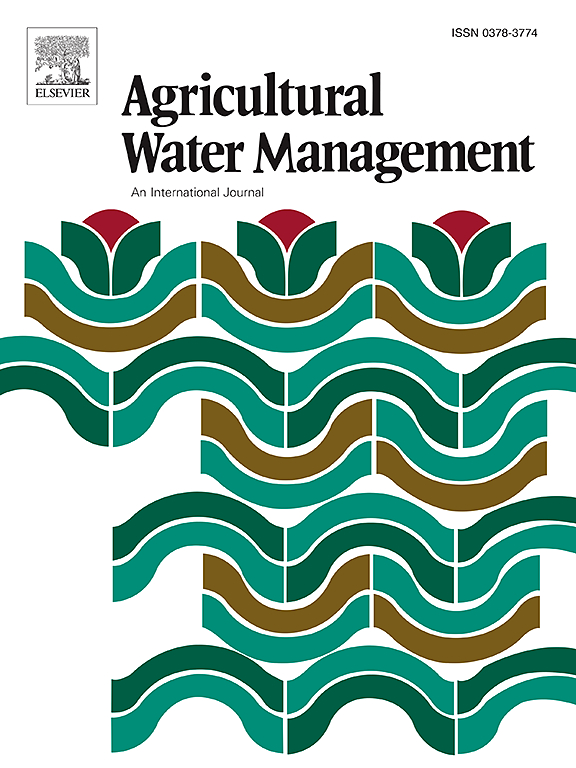Cover crop termination method has a limited effect on spring soil moisture and temperature in humid mid-Atlantic U.S.
IF 5.9
1区 农林科学
Q1 AGRONOMY
引用次数: 0
Abstract
Winter cover crop termination is commonly achieved by applying broad-spectrum herbicides, which vary in mode of action and time required to kill the cover crop. Many growers also use roller-crimpers to mechanically kill cover crops or to create a uniform horizontal mulch for planting cash crops. The influence of mechanical termination methods on soil moisture and temperature has been previously evaluated, but not paired with chemical termination as frequently is the case in farming operations. To address this question, soil moisture and temperature were measured continuously in central Maryland, USA, across five weeks under a cereal rye (Secale cereale L.) cover crop terminated via roller-crimper and the application of glyphosate and paraquat. Over two years, there were minimal to no differences in cumulative infiltration or evapotranspiration among termination treatments at two fields with contrasting soil textures. In all four site-years, daily temperature fluctuation was higher in roller-crimped residue (17.3 °C) compared to standing (15.0 °C). In this study, we delayed cover crop termination until anthesis to facilitate successful roller-crimping, resulting in a thick cover crop mulch layer after termination and reduced soil moisture loss via evaporation. In humid regions such as the mid-Atlantic United States, growers may not observe differences in soil moisture or temperature between mechanical or chemical termination methods. However, soil moisture and thermal dynamics might shift depending on termination strategy in arid regions or years with lower-than-average precipitation.
求助全文
约1分钟内获得全文
求助全文
来源期刊

Agricultural Water Management
农林科学-农艺学
CiteScore
12.10
自引率
14.90%
发文量
648
审稿时长
4.9 months
期刊介绍:
Agricultural Water Management publishes papers of international significance relating to the science, economics, and policy of agricultural water management. In all cases, manuscripts must address implications and provide insight regarding agricultural water management.
 求助内容:
求助内容: 应助结果提醒方式:
应助结果提醒方式:


